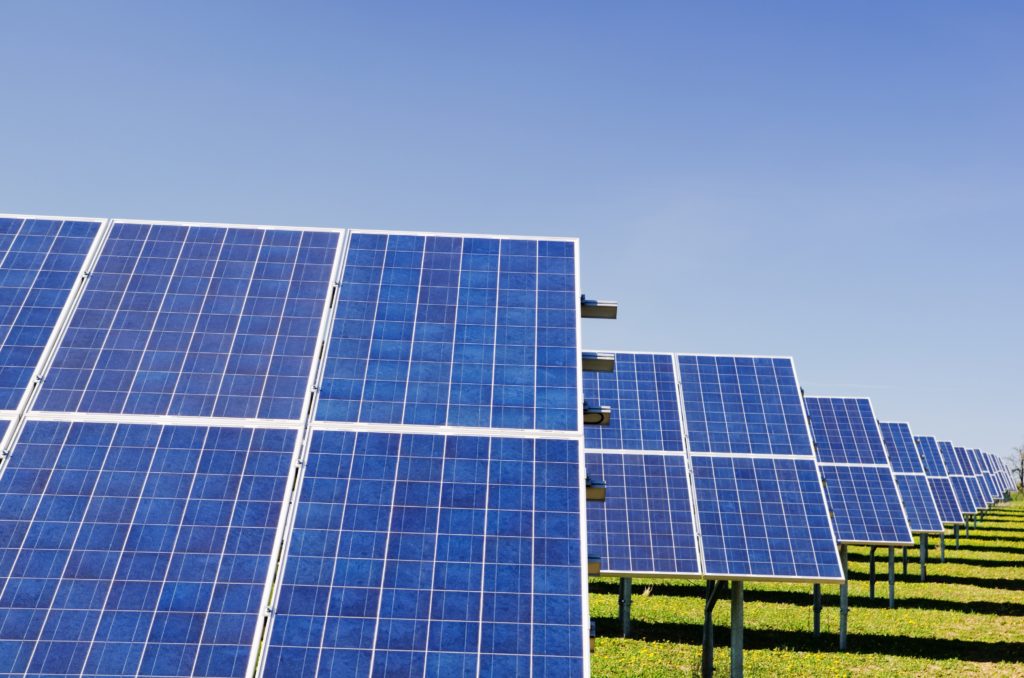Stainless steel and other specialty alloys are playing an important role in the development of clean alternative energy technologies from renewable sources. These technologies and the need for stainless steel in their development are described in the following sections.
Corrosion resistant stainless steels are an obvious choice because of their proven performance in this environment.

Researchers and utilities around the world consider the ocean to be an intriguing, new source of renewable energy. Harnessing the power of ocean waves could provide a clean, efficient renewable energy source for coastal cities in the future. There are numerous potential ways to tap ocean tides, currents, salinity, and thermal features for energy. Wave energy may be the most promising source of ocean energy for the U.S. coastline, particularly in the Pacific Northwest. The NOAA (National Oceanographic and Atmospheric Administration) provides an overview of the unique benefits of this technology.
Wave power technology is reliant on corrosion resistant materials that can be immersed and splashed in salt water and provide a long service life in this demanding environment. Corrosion resistant stainless steels are an obvious choice because of their proven performance in this environment.
There are a variety of competing technologies, which require the use of corrosion and, in some cases, heat and erosion resistant stainless steels for production equipment.

The production of liquid fuels (gasification) and electrical energy from crops, waste and residue materials from certain agricultural, forestry, and urban or industrial processes is an exciting emerging technology. These energy technologies use renewable resources, divert waste from landfills and have been identified as a potentially cost effective long-term option. The US Department of Energy predicts that they will become North America’s most significant alternative energy source during the next 20 years.
There are a variety of competing technologies, which require the use of corrosion and, in some cases, heat and erosion resistant stainless steels for production equipment. For example, biomass, industrial waste and sorted rubbish can be incinerated in industrial boilers to generate steam for electrical energy production. This process produces corrosive chlorides and sulfur dioxides in off-gases. Corrosion and erosion resistant stainless steel heat exchanger pipes, combustion chambers and other component materials are required to handle the corrosive dusts and gases.
The U.S. government’s incentive programs for gasification projects include plants for producing transportation-grade liquid fuels. Eligible feedstocks include coal, petroleum residues, and biomass. The inclusion of biomass is a relatively recent development. EISA2007 requires increased biofuel use in the transportation sector. Conversion of biomass to ethanol or diesel fuel in the industrial sector produces two types of energy. The liquid fuels produced have a lower Btu content than the biomass feedstock. This creates heat that can be used to power on-site equipment or to generate electricity for sale to the grid.
The heat exchangers consist of a series of stainless steel plates with the geothermal water on one side and clean cold water on the other side of the plate.

Geothermal water, warmed by the natural heat of the earth’s interior, can be a source of clean, renewable energy. These systems commonly use hot springs as their energy source. Many geothermal wells and hot springs contain large quantities of minerals and gases, which can cause corrosion or sedimentation in geothermal piping including salt brine and sulfides. To prevent this from happening, stainless steel piping, heat exchangers and other components are sometimes used.
The heat exchangers consist of a series of stainless steel plates with the geothermal water on one side and clean cold water on the other side of the plate. The geothermal water exchanges its heat through the plate to warm the clean water. The heated clean water can then be used in a building’s heating system or for heating water for swimming and whirlpools.
These technologies use corrosion resistant stainless steels for the production of raw materials and for solar energy production.

A variety of solar technologies have been developed to take advantage of the sun’s natural energy. This exciting area holds tremendous promise and new innovations are continuing to emerge. These technologies use corrosion resistant stainless steels for the production of raw materials and for solar energy production.
Solar cells, also called photovoltaic (PV) cells by scientists, convert sunlight directly into electricity. PV gets its name from the process of converting light (photons) to electricity (voltage), which is called the PV effect. Today, thousands of people power their homes and businesses with individual solar PV systems and utility companies are using PV technology for large power stations. Renewable biogenic material, such as wood and rice chaff, is a raw material source for manufacturing PV cells. The production of the amorphous silicon oxide used for PV cells can be quite corrosive and requires the use of environmentally friendly high performance, high recycled content stainless steels and nickel based alloys in its production.
Concentrating Solar Power (CSP) is another energy production option that makes extensive use of stainless steel. The sun’s energy is captured and concentrated with mirrors to heat fluids that in turn heat water to make steam. Steam driven turbines then generate electricity. The two main CSP technologies are “solar troughs” and “solar towers.”